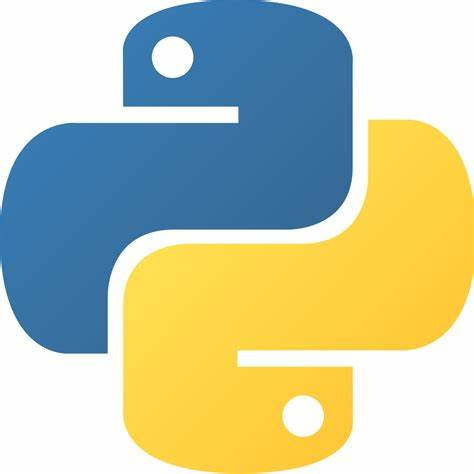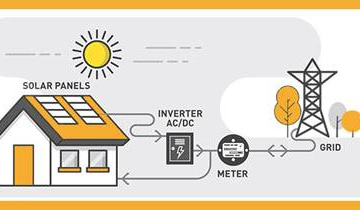In this tutorial, we will learn about the Python Version Release Dates, Features of python and Where Python is use.
Python Version Release Dates
- Implementation start – December, 1989
- Internal releases at Centrum Wiskunde & Informatica – 1990
A Python 0.9.0 – February 20, 1991
- Python 0.9.1 – February, 1991
- Python 0.9.2 – Autumn, 1991
- Python 0.9.4 – December 24, 1991
- Python 0.9.5 – January 2, 1992
- Python 0.9.6 – April 6, 1992
- Python 0.9.8 – January 9, 1993
- Python 0.9.9 – July 29, 1993
A Python 1.0 – January 1994
- Python 1.2 – April 10, 1995
- Python 1.3 – October 12, 1995
- Python 1.4 – October 25, 1996
- Python 1.5 – December 31, 1997
- Python 1.6 – September 5, 2000
The Python 2.0 – October 16, 2000
- Python 2.1 – April 15, 2001
- Python 2.2 – December 21, 2001
- Python 2.3 – July 29, 2003
- Python 2.4 – November 30, 2004
- Python 2.5 – September 19, 2006
- Python 2.6 – October 1, 2008
- Python 2.7 – July 4, 2010
The Python 3.0 – December 3, 2008
- Python 3.1 – June 27, 2009
- Python 3.2 – February 20, 2011
- Python 3.3 – September 29, 2012
- Python 3.4 – March 16, 2014
- Python 3.5 – September 13, 2015
- Python 3.6 – December 23, 2016
- Python 3.7 – June 27, 2018
- Python 3.8 – October 14, 2019
- Python 3.9 – October 05, 2020
- Python 3.10 – October 10, 2021
- Python 3.11 – October 24, 2022

Features of python
- Easy to Use
- It is a programmer friendly; it contains syntaxes just like English commands.
- Uses an elegant syntax, making the programs you write easier to read.
- High Level Language
- Python is a clear and powerful object-oriented programming language, comparable to Perl, Ruby, Scheme, or Java.
- Expressive Language
- The code is easily understandable.
- Interpreted
- The execution done in line by line format.
- Platform Independent
- We can run this python code in all operating systems.
- Open Source
- Python is free of cost, source code also available.
- Object-Oriented language
- Python supports object-oriented programming with classes and multiple inheritance
- Huge Standard Library
- Code can be grouped into modules and packages.
- GUI Programming
- Graphical user interfaces can be developed using Python.
- Integrated
- It can be easily integrated with languages like C, C++, JAVA etc.
- Extensible
- Is easily extended by adding new modules implemented in a compiled language such as C or C++
Where Python is Use
- Web Technology uses PYTHON with django
- Mobile Apps uses PYTHON with FLASK
- Big Data Hadoop uses PYTHON
- Data Science Analytics uses PYTHON
- Amazon Web Services uses PYTHON
- Automation Tools DevOps uses PYTHON
- Reporting Tableau uses PYTHON
- Scripting and GUI Apps Uses PYTHON
- Scientific Applications uses PYTHON with Numpy, Scipy
- Gaming, Networking, Embedded Systems, AI
If you have any queries regarding this article or if I have missed something on this topic, please feel free to add in the comment down below for the audience. See you guys in another article.
To know more about Python Wikipedia please click here .
Stay Connected Stay Safe, Thank you



0 Comments